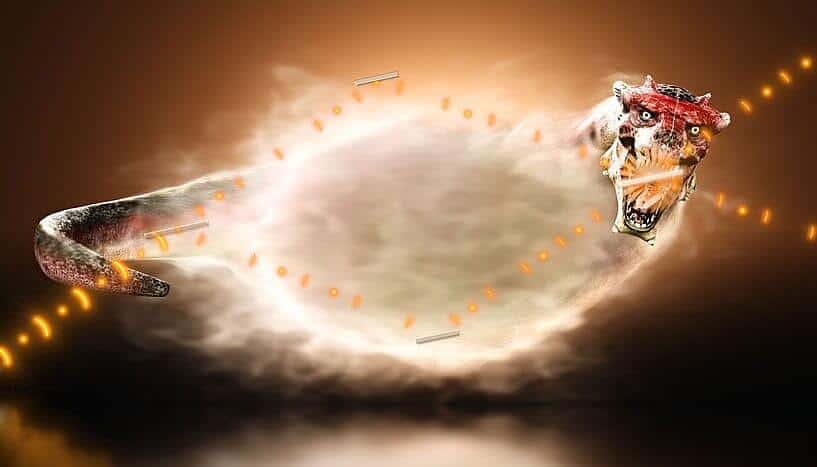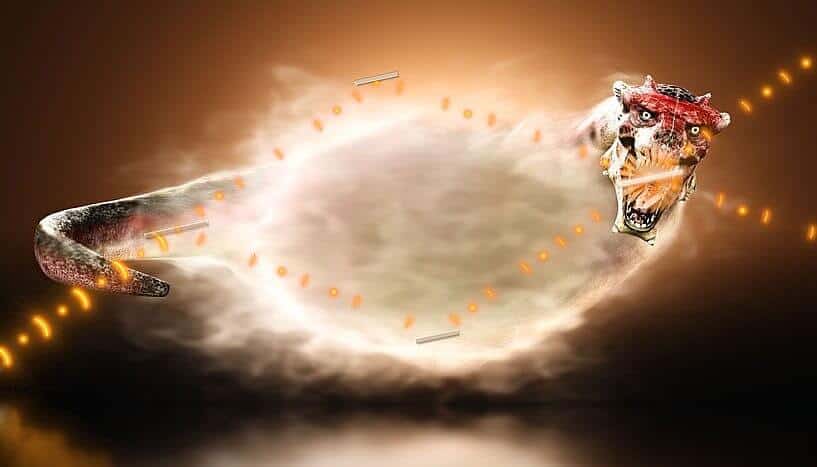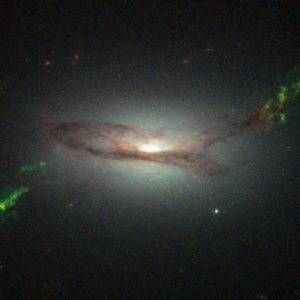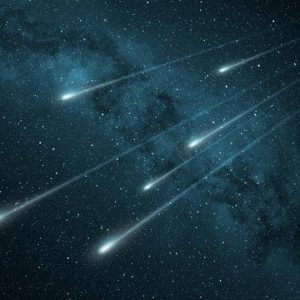Due to the fact the 17th century, science was intrigued by the character of mild. Isaac Newton was specified that it is made up of a stream of particles. His present-day Christiaan Huygens, nonetheless, argued that mild is a wave. Modern day quantum physics suggests that equally have been appropriate. Mild can be noticed equally as particles and as waves — based which attribute is calculated in an experiment, it provides by itself a lot more as just one or the other. This so-referred to as wave-particle dualism is just one of the foundational rules of quantum physics. This inquiries our widespread feeling: can just one and the exact same in fact be of two contradictory natures at the exact same time?
Measuring the undefined
In the 1970s, the American physicist John Archibald Wheeler (1911-2008) metaphorically in contrast the basic indefiniteness of quantum mechanical phenomena with a “great smoky dragon”: Just one can see the tail, that is the resource of the particles, and the head, which are the measurement final results. But in involving the entire human body is protected in smoke. And this smoke can’t be taken off: Only the measurement defines the phenomenon, not the other way spherical. To set this idea into a concrete placing, Wheeler proposed his well-known delayed-option imagined experiment. In this imagined experiment, the option to decide the particle or wave character is delayed or even altered throughout the experiment. Therefore, just one and the exact same phenomenon, for occasion mild, manifests by itself as a particle or as a wave in the exact same experiment. It can for that reason in fact be equally, based on the time and character of the measurement.

In the earlier many years, quantum physicists have tried using to experimentally exam Wheeler’s imagined experiment to empirically substantiate the wave-particle duality. Xiao-music Ma from the Nanjing College, Johannes Kofler from the Max Planck Institute of Quantum Optics, and Anton Zeilinger from the College of Vienna and the Institute for Quantum Optics and Quantum Info (IQOQI) of the Austrian Academy of Sciences have now revealed the results of this endeavor in an comprehensive analyze, which sums up and evaluates the entire heritage of delayed option experiments.
Even though the idea of wave-particle duality can be traced back again to Albert Einstein’s clarification of the photoelectric influence by using photons in 1905, it took right up until the 1980s that the initially delayed-option experiments have been recognized. “Only by the progress of modern day quantum optical tactics for the quick and exact measurement of mild it was attainable to set Wheeler’s imagined experiment into practice”, suggests Xiao-music Ma, guide creator of the analyze.
Crucial for quantum cryptography and quantum desktops
“Experiments of this variety confront us with basic inquiries of quantum physics”, provides Anton Zeilinger. “However, they also have importance for long run programs this sort of as in quantum cryptography or the progress of quantum desktops.” Delayed-option experiments can be used to the quantum mechanical phenomenon of entanglement, which is significant for the stability of quantum interaction. Pertaining to quantum desktops, there are specified situations wherever delayed-option experiments can improve the computation pace. The authors of the analyze, which now appeared in the journal Testimonials of Modern day Physics, anticipate that delayed-option experiments will carry on to convey even further insights into quantum physics as very well as useful programs for systems basing on them. Delayed-option gedanken experiments and their realizations. Xiao-music Ma, Johannes Kofler, Anton Zeilinger.





